 Arab-Israelis are turning their backs on mainstream parties in favor of pan-Arab parties and the Communists, if the 2009 elections are an accurate measurement. Nearly 55 percent of the non-Jewish sector supported Ra'am-Ta'al and Balad, with another 27 percent backing Hadash, the Communist party, which is also primarily Arab. Umm El-Fahm, one of Israel's largest Arab cities, gave over 53 percent of the vote to Hadash, with the pan-Arab Balad party picking up 24 percent and Ra'am-Ta'al nearly 19 percent. The Communists experienced a small dip in support in comparison with the 2006 elections; however, the most significant change was that the mainstream Zionist parties had approximately 8 percent of the Umm El-Fahm vote in 2006, as opposed to just over 2 percent in 2009. Furthermore, the leading non-Arab, non-Communist parties that received support in Umm El-Fahm in 2009 were the Green Movement-Meimad (1.5 percent), New Meretz (0.35) and Hareidi-religious Shas (0.3). In contrast, in 2006 the mainstream Labor-Meimad faction received 4 percent of the votes among Umm El-Fahm residents, Meretz received 2 percent, and Kadima and Shas received 1 percent each. In Nazareth, a primarily Arab city in the Galilee, the spread in these elections was Hadash - 52 percent, Balad - 23, Ra'am-Ta'al - 17. The next largest percentage of support went to Kadima, with 2 percent of the vote, followed by Labor, Likud, Meretz and small social welfare party that did not cross the minimum vote threshold with 1 percent each. In 2006, the non-Communist, non-Arab parties earned 10 percent of the Nazareth vote, with 6 percent going to Labor-Meimad. A similar phenomenon was noted among the Arabs of Jaffa, a mixed Jewish-Arab city adjunct to Tel Aviv. In Akko (Acre), also an ethnically mixed city, the overall vote for Arab parties and the Communists remained the same in 2009 as in 2006; however, the Arab nationalist Balad party went from 4 percent of the vote in 2006 to 14 percent this year. The former chairman of Balad, Azmi Bishara, fled the country as Israeli officials prepared to indict him for aiding Hizbullah in the Second Lebanon War. Nonetheless, some Balad campaign material featured the fugitive former Knesset member as the movement's guiding inspiration. An interesting phenomenon was registered among the Druze community living on the northern Golan Heights. In several cities, support for Avigdor Lieberman's Yisrael Beiteinu party, considered a right-wing faction, was between 38 percent and 50 percent. The other party that took more than 20 percent and up to 53 percent of the Druze vote in the Golan was the Hareidi-religious Shas party. Some political analysts see the vote as a protest against the ruling Kadima party, which lost the vast majority of its 2006 level of local support. Shas traditionally has a measure of support among non-Jewish voters due to its reputation and activity on behalf of the socioeconomically disadvantaged and its support for large family subsidies, which would benefit both non-Jewish and Jewish religious families.
Arab-Israelis are turning their backs on mainstream parties in favor of pan-Arab parties and the Communists, if the 2009 elections are an accurate measurement. Nearly 55 percent of the non-Jewish sector supported Ra'am-Ta'al and Balad, with another 27 percent backing Hadash, the Communist party, which is also primarily Arab. Umm El-Fahm, one of Israel's largest Arab cities, gave over 53 percent of the vote to Hadash, with the pan-Arab Balad party picking up 24 percent and Ra'am-Ta'al nearly 19 percent. The Communists experienced a small dip in support in comparison with the 2006 elections; however, the most significant change was that the mainstream Zionist parties had approximately 8 percent of the Umm El-Fahm vote in 2006, as opposed to just over 2 percent in 2009. Furthermore, the leading non-Arab, non-Communist parties that received support in Umm El-Fahm in 2009 were the Green Movement-Meimad (1.5 percent), New Meretz (0.35) and Hareidi-religious Shas (0.3). In contrast, in 2006 the mainstream Labor-Meimad faction received 4 percent of the votes among Umm El-Fahm residents, Meretz received 2 percent, and Kadima and Shas received 1 percent each. In Nazareth, a primarily Arab city in the Galilee, the spread in these elections was Hadash - 52 percent, Balad - 23, Ra'am-Ta'al - 17. The next largest percentage of support went to Kadima, with 2 percent of the vote, followed by Labor, Likud, Meretz and small social welfare party that did not cross the minimum vote threshold with 1 percent each. In 2006, the non-Communist, non-Arab parties earned 10 percent of the Nazareth vote, with 6 percent going to Labor-Meimad. A similar phenomenon was noted among the Arabs of Jaffa, a mixed Jewish-Arab city adjunct to Tel Aviv. In Akko (Acre), also an ethnically mixed city, the overall vote for Arab parties and the Communists remained the same in 2009 as in 2006; however, the Arab nationalist Balad party went from 4 percent of the vote in 2006 to 14 percent this year. The former chairman of Balad, Azmi Bishara, fled the country as Israeli officials prepared to indict him for aiding Hizbullah in the Second Lebanon War. Nonetheless, some Balad campaign material featured the fugitive former Knesset member as the movement's guiding inspiration. An interesting phenomenon was registered among the Druze community living on the northern Golan Heights. In several cities, support for Avigdor Lieberman's Yisrael Beiteinu party, considered a right-wing faction, was between 38 percent and 50 percent. The other party that took more than 20 percent and up to 53 percent of the Druze vote in the Golan was the Hareidi-religious Shas party. Some political analysts see the vote as a protest against the ruling Kadima party, which lost the vast majority of its 2006 level of local support. Shas traditionally has a measure of support among non-Jewish voters due to its reputation and activity on behalf of the socioeconomically disadvantaged and its support for large family subsidies, which would benefit both non-Jewish and Jewish religious families.by Nissan Ratzlav-Katz
As in the days of Noah...









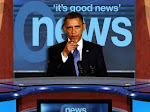

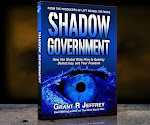
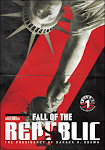

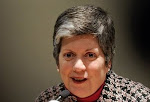
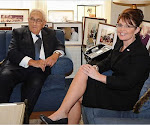

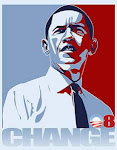
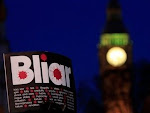
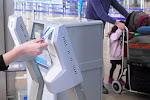

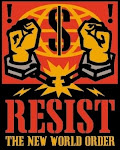


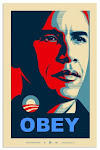
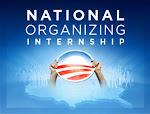

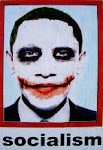


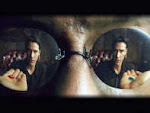

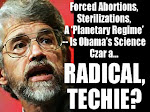
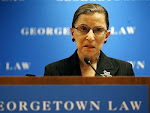


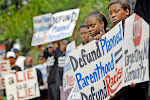
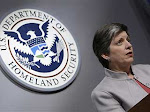
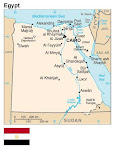


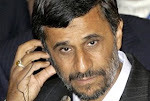
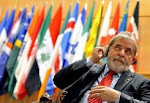

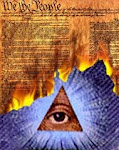
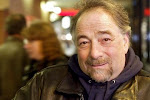
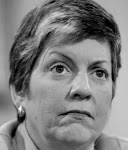
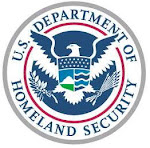



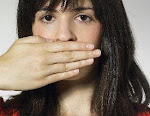
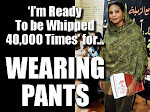

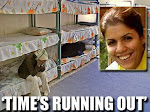






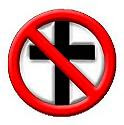
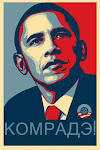
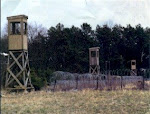




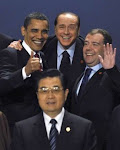
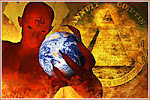
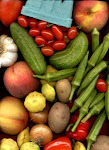


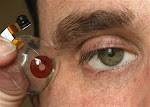


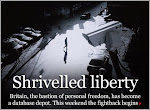
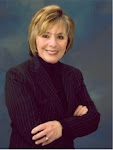

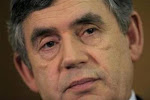
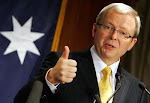
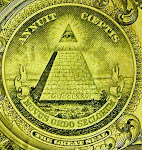
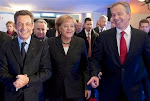


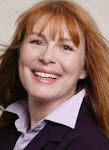
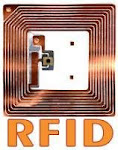.bmp)



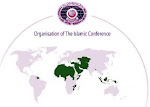




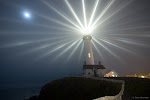


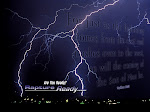
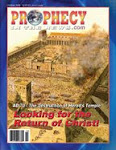





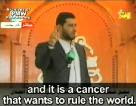
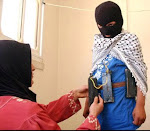

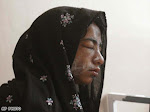



.bmp)